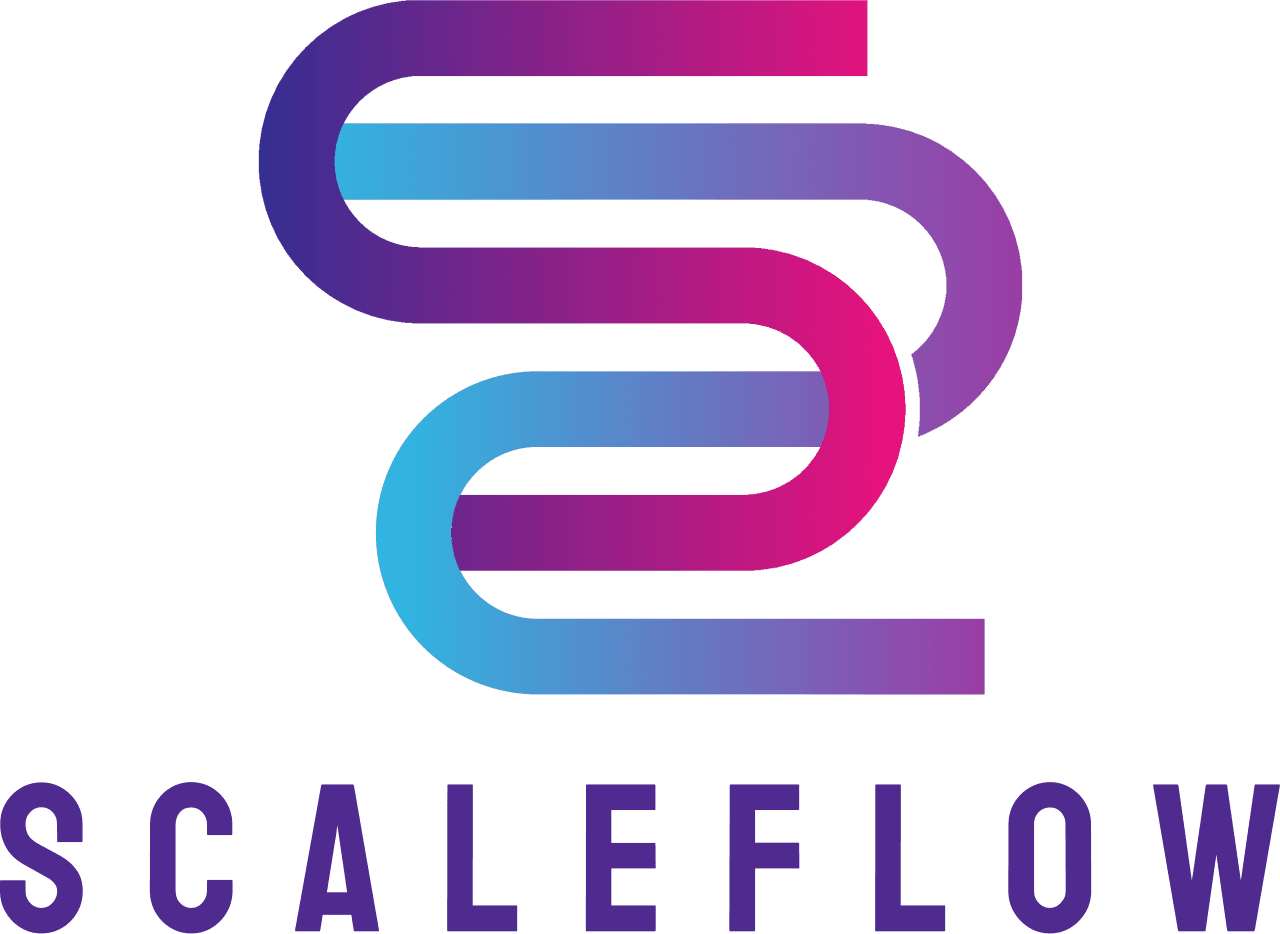Integrating AI into Your Existing Tech Stack: A Step-by-Step Guide
Understanding the Role of AI in Modern Business
Artificial Intelligence (AI) is revolutionizing the way businesses operate by enhancing efficiency, improving decision-making, and driving innovation. In today's digital landscape, integrating AI into your existing tech stack is not just an option but a necessity for staying competitive. This guide will walk you through a step-by-step process to seamlessly incorporate AI technologies into your current systems.

Assessing Your Current Tech Stack
Before diving into AI integration, it's crucial to evaluate your current tech stack. Identify the tools and platforms you are currently using and determine their compatibility with AI technologies. Consider the scalability of your infrastructure and whether it can support new AI applications. Conducting this assessment will help you understand the areas where AI can provide the most value.
Defining Your AI Goals
Once you have a clear understanding of your existing tech stack, define your AI objectives. Are you looking to automate processes, enhance customer experiences, or gain insights through data analytics? Clearly outlining your goals will guide the selection of appropriate AI solutions and ensure alignment with your business strategy. Remember, well-defined goals are the foundation of successful AI integration.

Choosing the Right AI Solutions
With your goals in mind, research and select AI solutions that best fit your needs. There are various AI tools available, ranging from machine learning platforms to natural language processing applications. Evaluate each option based on functionality, ease of integration, and cost-effectiveness. Prioritize solutions that offer seamless integration with your existing systems to minimize disruption.
Building a Skilled Team
Successful AI integration requires a team with the right skills and expertise. Assemble a diverse group of professionals, including data scientists, IT specialists, and business analysts. This team will be responsible for implementing and managing AI technologies across your organization. Investing in training and development programs can also help upskill existing employees.

Implementing AI Technologies
Begin the implementation process by piloting AI solutions in controlled environments. This approach allows you to test functionalities, gather feedback, and make necessary adjustments before full-scale deployment. Ensure that data security and privacy measures are in place to protect sensitive information during this phase.
Monitoring and Optimization
After deployment, continuously monitor the performance of AI systems. Use analytics to measure effectiveness and identify areas for improvement. Regularly update algorithms and software to keep pace with technological advancements. Optimization is an ongoing process that ensures your AI solutions remain relevant and efficient.

Driving Innovation with AI
Integrating AI into your tech stack opens new opportunities for innovation. Leverage AI-driven insights to develop new products, enhance services, and streamline operations. Encourage a culture of experimentation and creativity within your organization to fully capitalize on the potential of AI.
In conclusion, integrating AI into your existing tech stack is a strategic move that can transform your business operations and drive growth. By following these steps and maintaining a focus on continuous improvement, you can successfully harness the power of AI to achieve your business objectives.
